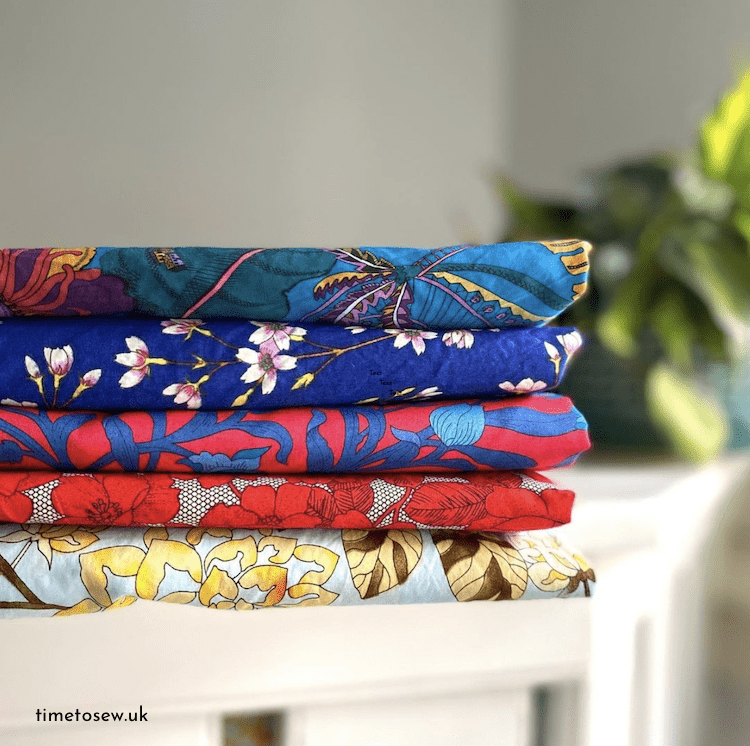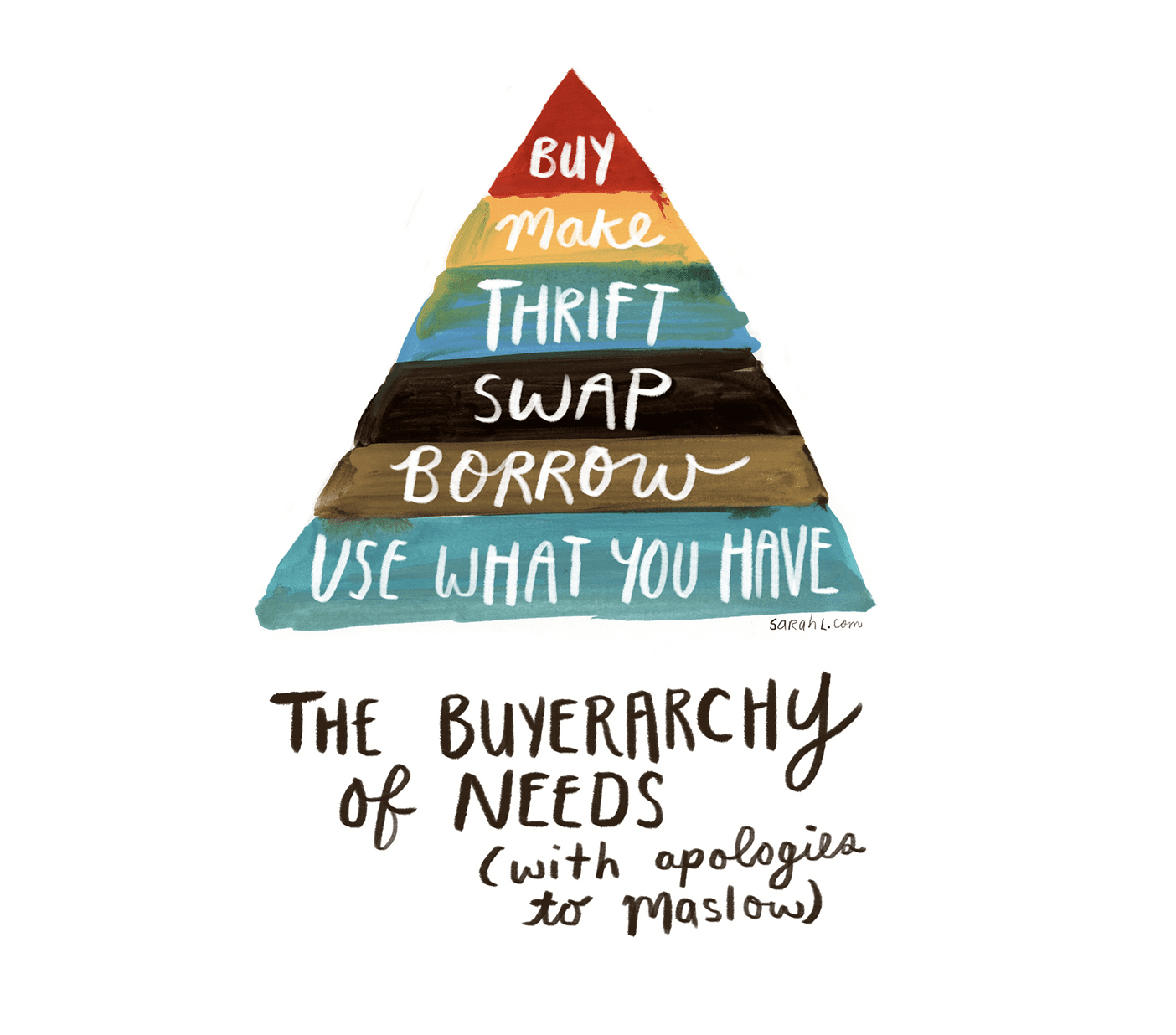The conscious consumer – a sustainability buzzword that many of us have probably heard by now. In the aftermath of the end of year Black Friday / Cyber Monday shopping period, Christmas gift-buying period, Boxing Day sales, I’ve been thinking about this a lot. What is conscious consumption? Google it and you’ll see different articles with different definitions. The general gist seems to be thinking meaningfully about what you buy from a sustainability angle. e.g. do you need it? Will you use it? Do you love it? Does the company align with my values?
I’d like to think I am “conscious” to some degree and historically the sustainability thing has given me a lot of stress. In my fashion/sewing life there are multiple worry beads about WHAT I’m buying. Which kinds of fibres, laments about the affordability of such fabrics blah blah blah.
But the reality? It’s still BUYING.
A conscious consumer is still buying stuff and still consuming.
I still consume a lot. When it comes to sewing, I can do things like switching to Tencel™ over viscose (read my article here), or choosing organic over conventional cotton (although that comes with its own problems – read about that here). But if I’m still buying all the fabric and sewing all the clothes, that does not help the environmental cause.
PS. I once wrote a post on fabric shopping and buying culture, read that here.
Resources and energy are required to produce goods. When it comes to fabric, it’s fossil fuels or growing stuff on farmland. Then it needs to be put through a manufacturing process before it looks like the fabric in my hand. Finish with delivery to the local shop or to my house. (note – fabric with recycled fibre content is not exempt from requiring energy to be produced).

Businesses that emphasise sustainability still encourage you to buy (their) stuff
Whilst sustainability focussed businesses may start up and run with all good intentions, they still need customers (the conscious consumers) to buy products. Many of these businesses are selling products you don’t need. I don’t know about you but I’ve sewn many a frivolous garment and justified it by buying a more “eco-friendly” produced fabric to make it. It is very easy to get sucked into marketing … after all, the job of marketing is to get you to buy stuff!
Sewing is not always an automatic out from fast fashion
Here’s a quote from when I interviewed Clare Farrell (London based academic, fashion professional and environmental activist): the craft industry is also booming and it can be very wasteful if people don’t think about what they are using. Also, it takes time to be skilled at sewing – which can create a lot of waste. The first thing you try and make something from scratch or upcycle something might be a car crash. But there’s no getting around that you have to start somewhere.
The amount of stuff I sew is not conducive to having a minimalist capsule wardrobe. In 2020 I sewed way more than what my wardrobe needed or what I would have bought RTW (see the round-up of my 63 makes here). And I bought a lot of fabric to do it! The justification was that only about half of it was leisure sewing, but I’m not sure I would even buy 30 things in a store in a year if I wasn’t sewing.
Buying nothing is a better way to be a conscious consumer
Basically, I think it’s silly for me to be having any kind of virtuous feeling about buying stuff that is meant to be better for the planet, if I am buying frivolous things I really don’t need. Brianna @astitchacrossthesea commented once on my IG about the ridiculousness of marketing deadstock as something that needs to be saved from landfill, and how “we need to ditch the savior attitude”. This resonates so much with me with the whole conscious consumer movement.
At the end of the day, we are all consumers. Buying less stuff is the only debate-free way to engage in sustainability that I know of. And, it costs nothing! I’m going to leave you with this illustration by Sarah Lazarovic in case you haven’t seen it before.

Are you a “conscious consumer”? how do you feel about it?
Till next time
Kate xx

2 comments
I love your reflection on sustainability and consumption. Finding a balance is not always easy! While I love sewing and creating new things from scratch, sometimes I really wonder how long I can keep this up for, especially when I am a supposed sewing blogger! I don’t think I will ever be the kind of sewist that makes something new every week or so. I think there are certain things that are better with buying secondhand than sew from scratch, like a puffer jacket.
Thank you for another thoughtful post that’s helping me to reflect on my own crafting and buying habits!
Hi Gwen, thanks for your comment. I could not keep up with all the things but it is my job – so now I mostly make for other people. Otherwise I will never have the opportunity to sew the things that I *actually* want to sew for myself! But yes I do sew a lot and I can produce one thing a week, the question is do I want to… And totally agree with buying things second hand. I am not making puffer jackets, sherpa, knitwear, or berets. And I will buy any leggings and activewear. Despite the labour issues, RTW has better machine operators and quality control that I don’t have.